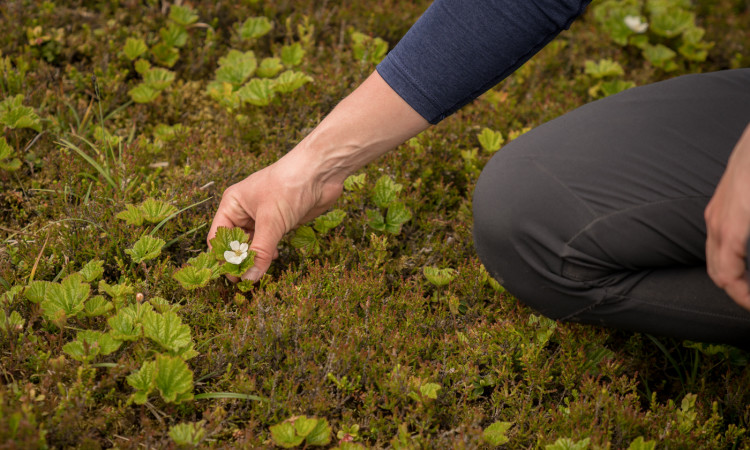Biodiversity monitoring - an introduction
We monitor the growth of tree seedlings and the condition of habitats such as dwarf shrub heath
We monitor the growth of tree seedlings and the condition of habitats such as dwarf shrub heath. We also track the state of wildlife across our properties. This helps us set aims and objectives and measure our success in restoring natural habitats.
This is long-term work but crucial to the ecological health of our natural world and environment. It’s exciting and encouraging for the future that we are already seeing small positive changes.
We look after many protected sites. These include Special Areas of Conservation (SAC) and Sites of Special Scientific Interest (SSSI). The protected sites are important for features such as geology, peatlands, woodlands, montane scrub and golden eagles.
We also have significant areas of peatland on the land we own. Peatland is one of the most important habitats in the northern hemisphere. Deep layers of peat take thousands of years to form. They provide a home for a range of plants and animals that have adapted to the acidic, waterlogged conditions.
Peatland also helps to maintain good water quality and is an important carbon store. It locks in 20 times more carbon per acre than the average British woodland. Protecting this habitat is a vital part of our wild land management.
